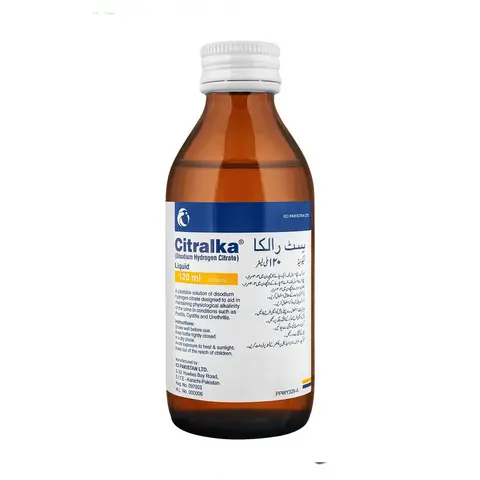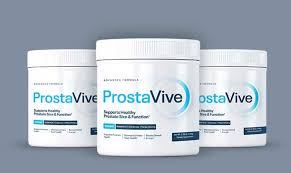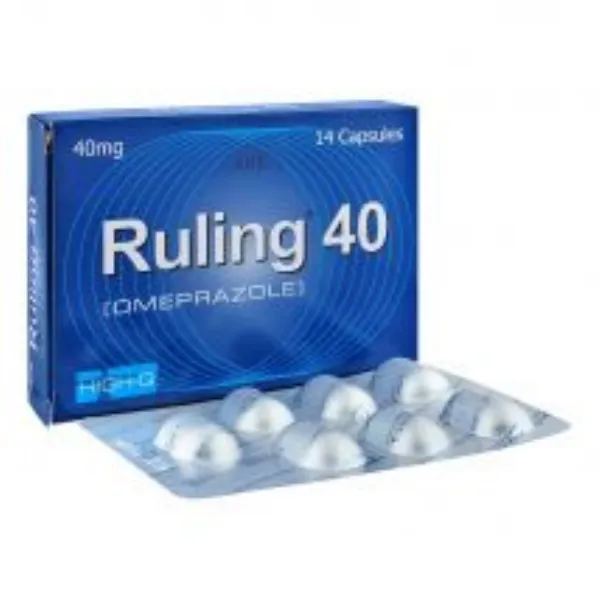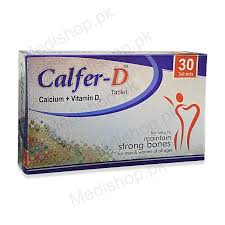What is ProstaVite?
What is ProstaVite? ProstaVite is a dietary supplement designed to support prostate health and improve urinary function in men over age 40 who are at risk of prostate enlargement.The product claims to help maintain normal prostate size, improve urinary flow, and support general men’s health during aging. It uses a blend of vitamins, minerals, amino acids and a botanical extract (saw palmetto) rather than synthetic pharmaceutical drugs. Why Prostate Health Matters As men age, the prostate gland often grows (a condition called benign prostatic hyperplasia, or BPH), and this can cause symptoms such as: Frequent or urgent urination, especially at night Weak urine flow, or difficulty starting and stopping Disrupted sleep because of bathroom trips A sense of incomplete bladder emptying Supporting prostate health helps maintain comfort, quality of life, and urinary-system function. Supplements like ProstaVite aim to support this phase of men’s health proactively. Key Ingredients & How They Work Here’s a breakdown of some of the main ingredients in ProstaVite and their typical roles: Saw Palmetto Extract — A well-known botanical used for prostate health; it may help reduce prostate swelling and improve urinary flow. Zinc (30 mg per 2 tablets) — A mineral essential for prostate and hormone function; zinc deficiency may correlate with poorer prostate health. Selenium (100 µg per 2 tablets) — An antioxidant mineral that supports overall cellular health, possibly including prostate tissue. Vitamin D3 (500 IU per 2 tablets) — Plays roles in immune and hormone signalling; adequate vitamin D may support prostate health. Amino Acids (glycine 250 mg, L-alanine 150 mg, L-glutamic acid 150 mg, L-glutamine 150 mg per 2 tablets) — These provide cellular nutrition support and may help overall metabolic health. Together, these ingredients aim to reduce inflammation, support hormone balance (especially DHT/Testosterone pathways), improve blood flow to the prostate region, and thereby improve urinary and prostate-related symptoms. Potential Benefits According to user reports and promotional claims, here are some of the benefits you may expect when using ProstaVite consistently: Fewer nighttime trips to the bathroom; improved sleep quality Improved urinary flow and reduced urgency A feeling of better prostate comfort and less irritative urinary symptoms Enhanced vitality, energy and overall men’s health (especially over age 40) However, results vary by individual, their health status, lifestyle, and how consistently they take the supplement. What the Research Says & Real User Feedback Many of the ingredients in ProstaVite (such as saw palmetto, zinc) have been studied for prostate / urinary health in clinical research. For example, saw palmetto has been used in Europe for urinary symptoms of BPH. However, the exact formulation branded as ProstaVite does not appear to have large, published clinical trials (publicly available) under that specific brand name. Real user testimonials online suggest improvement after several weeks of use (reduced nocturia, better flow), but as with all supplements, anecdotal evidence is not as rigorous as controlled studies. Because it is a nutritional supplement (not a prescription drug), regulatory oversight is less strict in many markets. Always check sourcing, lab-testing, authenticity. How to Use It & Best Practices Follow the manufacturer’s instructions: for example, take two tablets daily or as prescribed by your healthcare practitioner. Consistency matters: natural supplements often require several weeks of regular use before you notice significant changes. Combine supplement use with a healthy lifestyle: Drink plenty of water, but limit fluids 1-2 hours before bed to reduce nighttime urination. Maintain regular exercise (especially pelvic floor / core strength for men). Eat a prostate-friendly diet: tomatoes (lycopene), leafy greens, nuts. Avoid excess alcohol, smoking, and manage weight (obesity increases prostate/urinary risk). Talk to your doctor if you are on medications (blood thinners, hormone therapy) or have serious prostate conditions. Possible Side Effects & Safety Considerations ProstaVite is marketed as well-tolerated with natural ingredients. Most users report minimal side effects. Some users may experience mild digestive upset (e.g., nausea, stomach discomfort), headache or initial changes in urination pattern. Important cautions: If you have a serious prostate condition (e.g., known prostate cancer), or you are taking medications (especially hormone-related), consult your healthcare provider before use. Supplements are not a substitute for medical diagnosis or treatment of prostate disease. If symptoms (strong urinary obstruction, blood in urine, pain) persist or worsen, seek a urologist rather than relying solely on supplements. Is It Worth Trying? Pros & Cons Pros: Uses multiple well-studied ingredients in one formula supporting prostate health. Natural / non-pharmaceutical approach (for men preferring that route). Positive user feedback for urinary/comfort improvements in many cases. Cons: It may take time (4-8 weeks or more) to see meaningful changes. It cannot cure serious prostate diseases or replace professional care. Because health results vary, you may see little change depending on your age, condition, genetics, and lifestyle. The cost may be higher than simple single-ingredient supplements. Disclaimer This article is for inforamtion purposes only. please don’t take it as medical advice and please don’t use it without doctors advice.



















